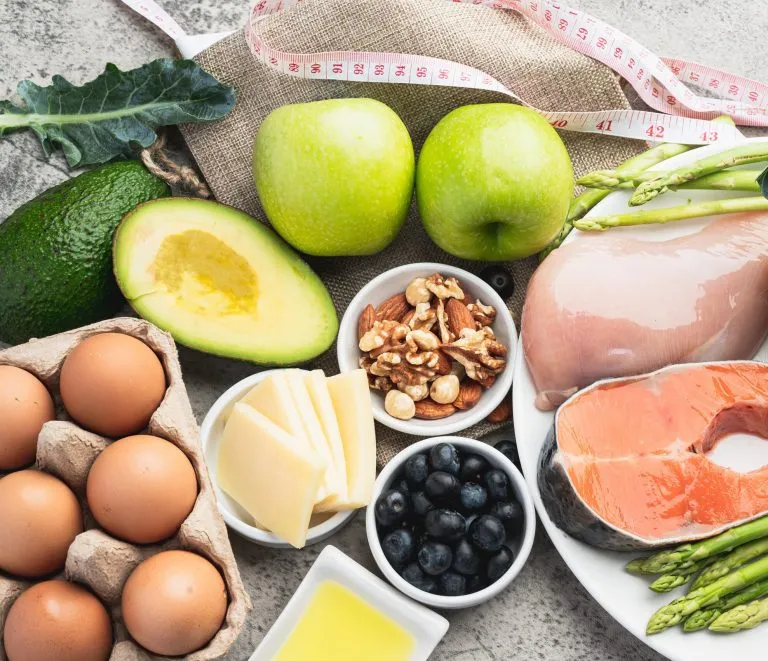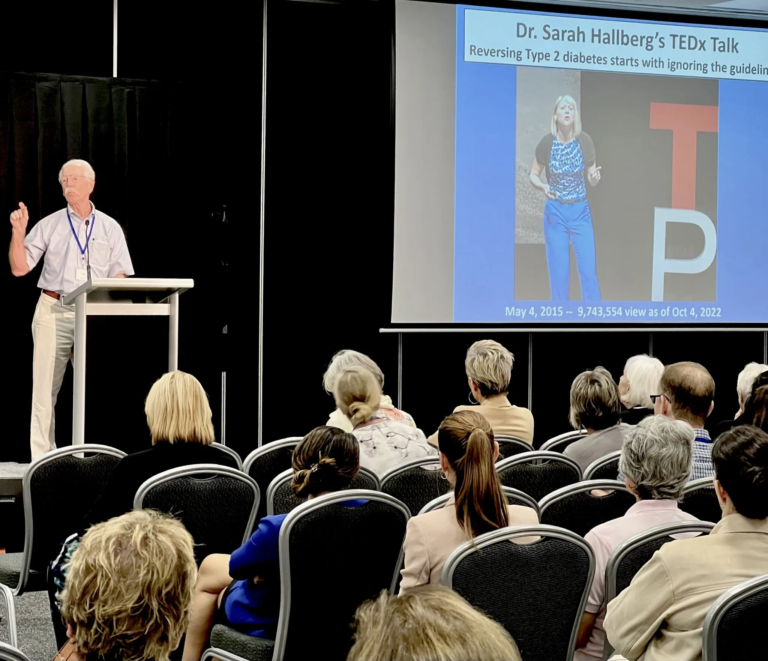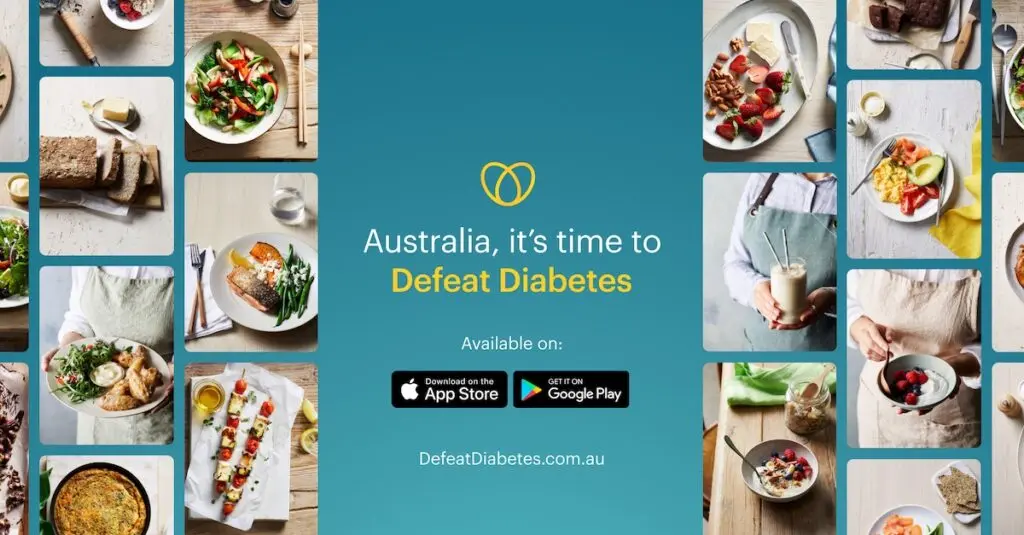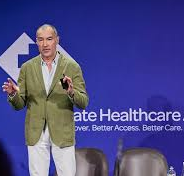The Low Carb approach to better health.
Bringing together professionals and individuals with an interest in weight loss and health benefits from carbohydrate restrictive diets.
Looking for a LCHF Coach?
LCDU is introducing a health coaching service. This is to help low carb followers to optimise their health and weight. This service begins with a half hour phone or Zoom consultation with one of our health coaches to equip you with the knowledge and skills to achieve your goals.
Following this we can connect you with one of our great low carb doctors, dieticians or health coaches, to suit your needs and your budget. There are some great programs out there to help you. Being in your best state of health is vital to achieving your full potential!
Essential information for your health
Learn the Low Carb High Fat approach with our science based YouTube videos, books, articles, publications, recipes and discussions within our passionate, informed community.
Join our Low Carb Down Under Events, held regularly around Australia and New Zealand, with expert presenters to enhance your understanding of great health and nutrition.
Popular
DEFEAT DIABETES
The first science-based and doctor-led program to transform the health of Australians diagnosed with type 2 diabetes, pre-diabetes and chronic illness.

FREE eBOOK
Australia’s most comprehensive guide to going low carb – based on Diversa’s simple, tried and tested traffic light system.
How Low Carb High Fat diets work
LCHF diets have helped 10s of thousands of people to lose and maintain weight loss, control or reverse diabetes type 2 and improve other significant health markers.
LCHF diets typically restrict sugar and carbohydrates eaten and drank. This can allow blood glucose levels to stabilise, reducing the need for the hormone insulin, so that your body is able to access energy stored as fat, facilitating weight loss.
From the blog
- Low Carb Brisbane 2025 Round Up
- Transforming Healthcare – Low Carb Brisbane
- Keto Brain Health
- Low Carb Brisbane 2025!
Frequently Asked Questions
Low Carb Down Under has compiled these useful FAQ’s to help give you a better understanding of the Low Carb, High Fat dietary approach to good health.
A Low Carb, High Fat (LCHF) Diet is a way of eating that restricts the amount of carbohydrates and increases the amount of healthy fats that you eat to optimise your health and nutrition.
We define a Low Carb Diet as less than 30% of your daily calories coming from carbohydrates (the average Australian is currently consuming about 50%). For those of us with weight to lose or other health issues to address a much lower intake of 5 to 10% of calories coming from carbohydrates may be required.
We do this by eating real, whole foods that are not processed – the type of foods our bodies were designed to eat.
In practice this means removing sugar, bread, pasta, rice, beans, starchy vegetables (i.e. potatoes) and highly processed foods from your diet. There is no nutritional need for any of these foods that cannot be found from other sources and carbohydrates are simply not an essential nutrient. This also means eating plenty of non-starchy vegetables, meat, eggs, butter, cream, olive oil and nuts.
While this way of eating may initially appear restrictive and unsustainable, this approach to nutrition allows you to eat a delicious and varied diet that leaves you feeling satisfied. The LCHF dietary approach allows you to eat when you are hungry and still lose weight while improving your health and controlling your blood sugar.
Vegetables
- Preferably organic
- Grown above ground (less starch)
- Green and leafy
- Fermented
Cauliflower, Broccoli, Cabbage and Brussel Sprouts, Asparagus, Zucchini, Eggplant, Olives, Spinach, Mushrooms, Cucumber, Lettuce, Avocado, Onions, Capsicum, Tomatoes, Salads etc.
Meat
- Preferably Organic and Grass Fed
- Fatty Cuts
- Offal
Broths, Lamb, Beef, Pork, Wild Game, Duck, Chicken, Salami, Chorizo, etc.
Fish and Seafood
- Sustainably harvested
- Fatty fish (Omega 3)
- Smaller Fish
Salmon, Mackerel, Herring, Whiting, Anchovies, Sardines, etc.
Eggs
- Preferably Organic and Free Range
Fats and Oils
- Non-vegetable oils
Coconut oil, Olive Oil, Butter, Lard, Avocado Oil, Macadamia Oil, Ghee, etc.
Dairy
- Full-Fat options
Cream, Sour Cream, Greek Yogurt, Cheese, etc.
Nuts
Macadamia, Almond, Pecan, Walnut, etc.
Fruit
- Seasonal and those lower in fructose
Strawberry, Blueberries, Apples
Highly Processed Foods
Pasta, Noodles, Rice, Bread, Breakfast Cereals, Biscuits, Confectionery, Fast Food, Cakes, Buns, Ice Cream, Potato Chips, etc.
Sugars
Cordials, Honey, Malt, Dried Fruit, Fructose, Syrup, Dextrose, Glucose, Condensed Milk, etc.
Starchy Vegetables
Potatoes, Beetroot, Legumes, Parsnip, Peanuts, Peas, Lentils, etc.
Fats and Oils
Margarine, Hydrogenated Oils, Vegetable Oils, Vegetable Fats, Seed Oils
Beverages
Sugar Sweetened Drinks, Beer, Cider, Fruit Juice, Sports Drinks, etc.
Fruit
Highly sweet tropical fruits: Bananas, Mangos, Oranges, etc.
We certainly advocate eating much more of the healthy fats from animals (meat, dairy and eggs) as well as nuts, avocado, olive oil and coconut oil. This is a much higher percentage of calories from fat than dietary authorities have been advocating for the past forty years since the basis for dietary advice was changed to low-fat.
We advocate moderate protein consumption, around 15 to 20% of total calories. This level of protein is essential for health. High levels of protein are problematic as we cannot store protein so much of the excess is converted back into glucose, which blocks the burning of fat stores and stops us moving towards a healthier weight.
For more information on Low Carb, High Fat and protein please see our video below featuring Dr. Stephen Phinney.
Low Carb, High Fat refers to a diet high in good quality healthy fats from a range of sources and no more than 50g of net carbohydrates per day. If you are considering changing your diet to LCHF you should discuss the decision with your doctor. A Low Carb, High Fat diet does not adhere to current government dietary guidelines. We believe that the current guidelines are based on bad science and should be reviewed.
An LCHF approach to nutrition allows you to eat a delicious and varied diet that will leave you feeling satisfied. It also allows you to eat when you are hungry and still lose weight while improving your health and controlling your blood sugar. This is achieved by eating real, whole foods that are not processed – the type of foods our bodies were designed to eat.
Adopting a Low Carb, High Fat diet should really be considered a permanent lifestyle change and you should not adopt a Low Carb, High Fat diet if you have not received consent from your doctor. A Low Carb, High Fat diet may not be suitable for you if you are particularly lean, do regular high intensity exercise and have no weight issues.
Some people experience various temporary side effects when converting to a Low Carb, High Fat diet. This is a result of your body switching from using carbohydrates as its primary fuel source to using fat as a fuel. For most of these people the side effects tend to be mild and do not last longer than a week.
Foods that are high in carbohydrates increase water retention in your body. When you stop eating these foods the excess water is excreted through the kidneys and the body can become mildly dehydrated and deficient in salts. The physical effects of this in the short term may include headaches, dizziness, shivers, sweats, cramping, irritability, heart palpitations, muscle pain and fatigue. These complaints can be minimised by increasing your intake of fluids and your salt intake. Drinking more water, adding salt to your food and drinking bone broth will aid in the transition period.
Most people are familiar with Total, HDL and LDL cholesterol as well as the concept of ‘good’ and ‘bad’ cholesterol. It is generally accepted that high HDL levels (good cholesterol) indicate a low risk of heart disease and high LDL levels (bad cholesterol) indicate an increased risk.
These concepts of ‘good’ and ‘bad are too simplistic, as LDL cholesterol has numerous subtypes, primarily based on the size of the particles. This means that high levels of small and dense LDL particles indicate a high risk of heart disease while high levels of large and fluffy LDL particles indicate a low risk. When considering how a Low Carb, High Fat diet will affect your cholesterol levels it is important to remember that this resource should be not be considered medical advice. You should discuss any dietary changes with a medical professional and get your blood screened before commencing a LCHF diet. In addition to regular blood testing, have your doctor measure your LDL-p or ApoB – these are two ways of measuring your LDL particle number.
In the majority of people eat a Low Carb, High Fat diet, HDL levels tend to go up. Triglyceride levels will tend to go down and Total and LDL cholesterol tend to remain the same. LDL particle size tends to increase and LDL particle numbers tend to decrease. A small subset of people who eat Low Carb, High Fat experience increased cholesterol levels, including increases in Total and LDL cholesterol as well as increases LDL particle number.
For more information on cholesterol, Low Carb, High Fat and understanding blood test results please see our videos below featuring A/Prof. Ken Sikaris.
Determining a suitable level of protein intake while eating Low Carb, High fat can be difficult as the ability to process protein is highly individualised. According to Dr Jeff Volek and Dr. Stephen Phinney your ideal protein intake is determined by multiplying your lean body mass by a factor determined by your activity level. According to Volek and Phinney, the multiplying factor should be between 1.3 to 2.2 grams per kilogram of lean body mass.
It is important to remember that these are daily totals and the total grams consumed must be divided by the number of meals you are eating. For instance, if your total daily protein requirement is 90 grams of protein and you eat three meals a day you will need to divide 90 by 3 and eat 30 grams of protein at each meal.
Note, a 100gm steak is not 100gm of protein. It is about 30 gm of protein. Approximately 7gm is fat, mainly saturated and mono-unsaturated fat. 50 to 75% of meat is water!
On a standard diet, carbohydrates in the form of glucose are the primary fuel for most cells and organs in the body. To obtain their energy, the cells take up glucose from the blood and once the glucose enters the cells a metabolic reaction takes place releasing energy. Our bodies have the ability to store excess glucose in the form of glycogen which allows energy to be stored for later use. Glycogen is made up of long chains of glucose molecules and is primarily found in the liver and skeletal muscle. The stores of liver glycogen are used to maintain normal levels of glucose in the blood and muscle glycogen stores are used mainly to fuel muscle activity.
When you eat a Low Carb, High fat diet proteins and fats are used for most of your energy requirements. Most of the cells in the body are able to use fatty acids for energy except for brain cells and developing red blood cells which are dependent on glucose. A supply of glucose in the blood is essential, however our brain cells can be trained to adapt and use ketones from the breakdown of fat for energy. When carbohydrate intake is restricted, the liver does not break down fat completely and instead produces ketone bodies which are then used by most cells to provide energy.
Ketosis occurs on a Low Carb, High Fat diet when ketones are produced more quickly than the body needs and their levels increase in the blood. As the glycogen stores become depleted the body begins to burn body fat and this increases the availability of fatty acids as a fuel source. Many of these fatty acids cannot pass the blood brain barrier so the brain switches to using ketone bodies produced by the liver as fuel.
This normal and extremely efficient physiological response to carbohydrate restriction is generally termed nutritional ketosis.
Gluconeogenesis is the process of generating glucose in the body from non-carbohydrate food sources. This process takes place primarily in the liver where glucose is made from amino acids (protein), glycerol (found in triglycerides, the primary fat storage molecule) and glucose metabolism intermediaries like lactate and pyruvate.













